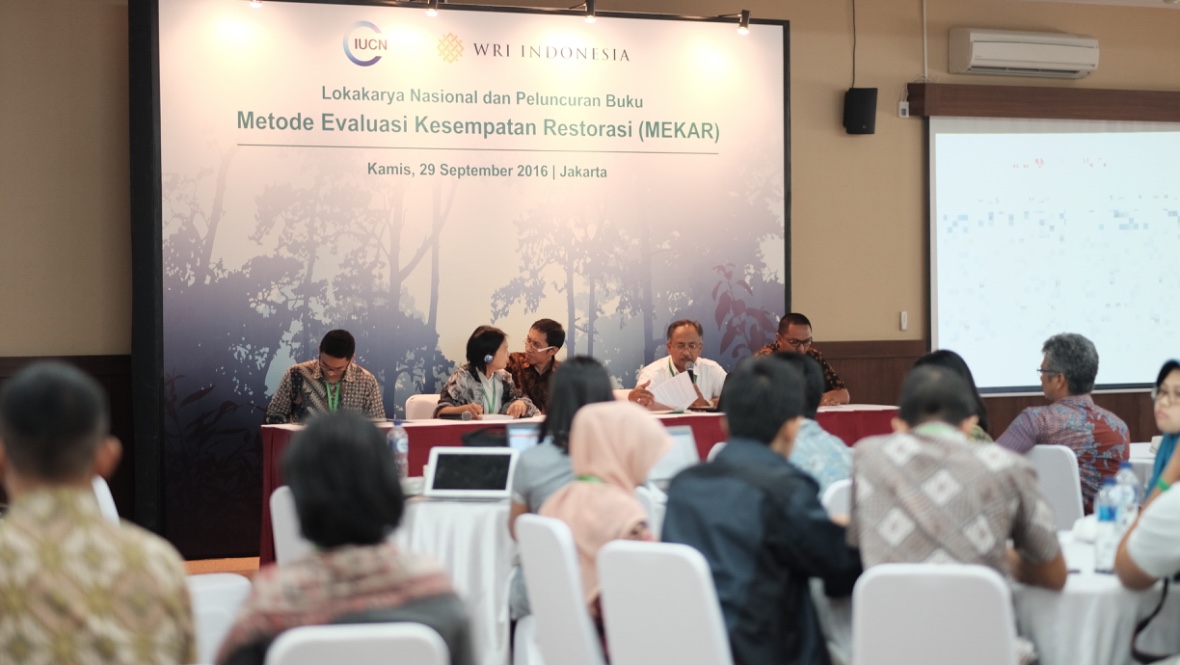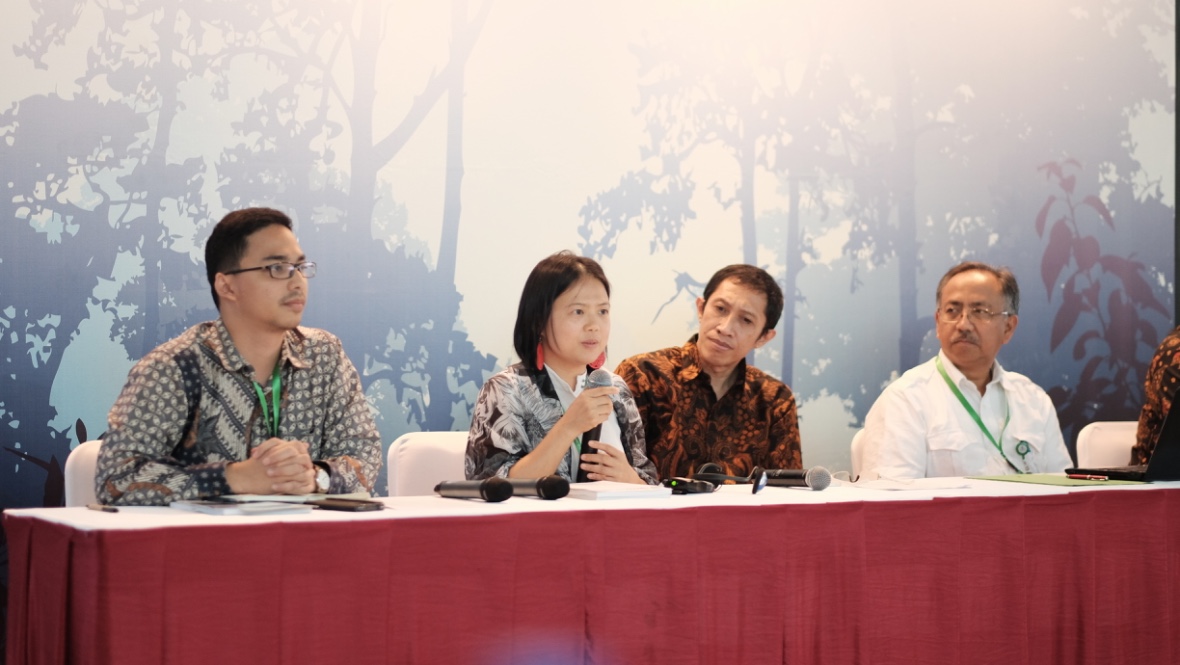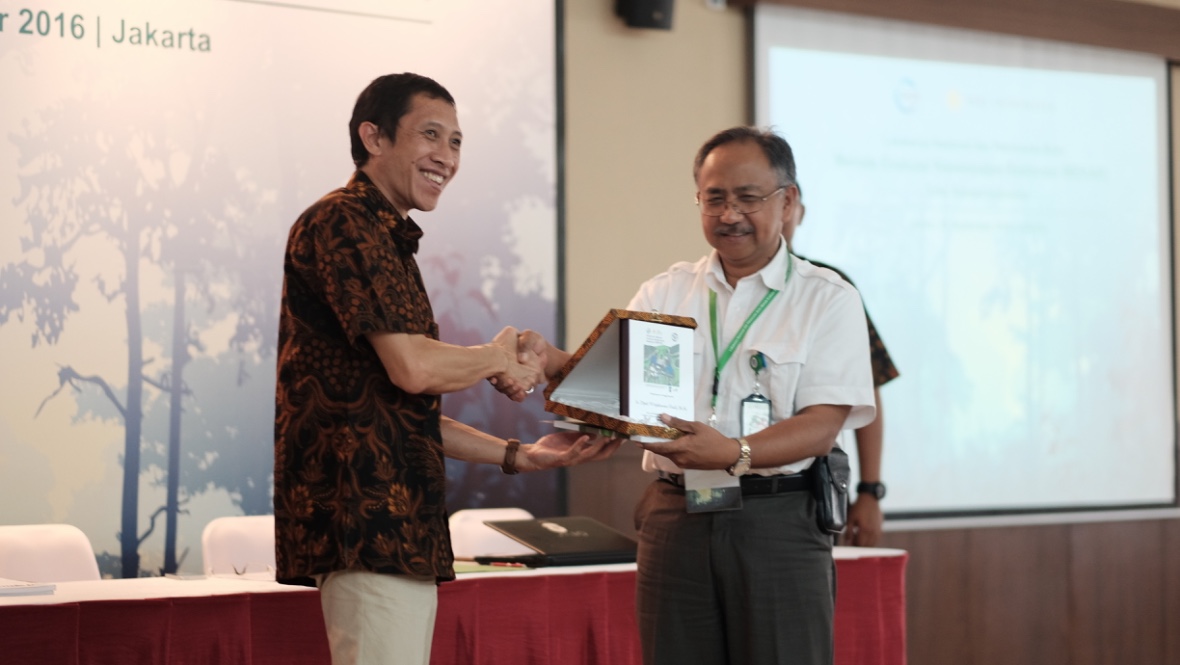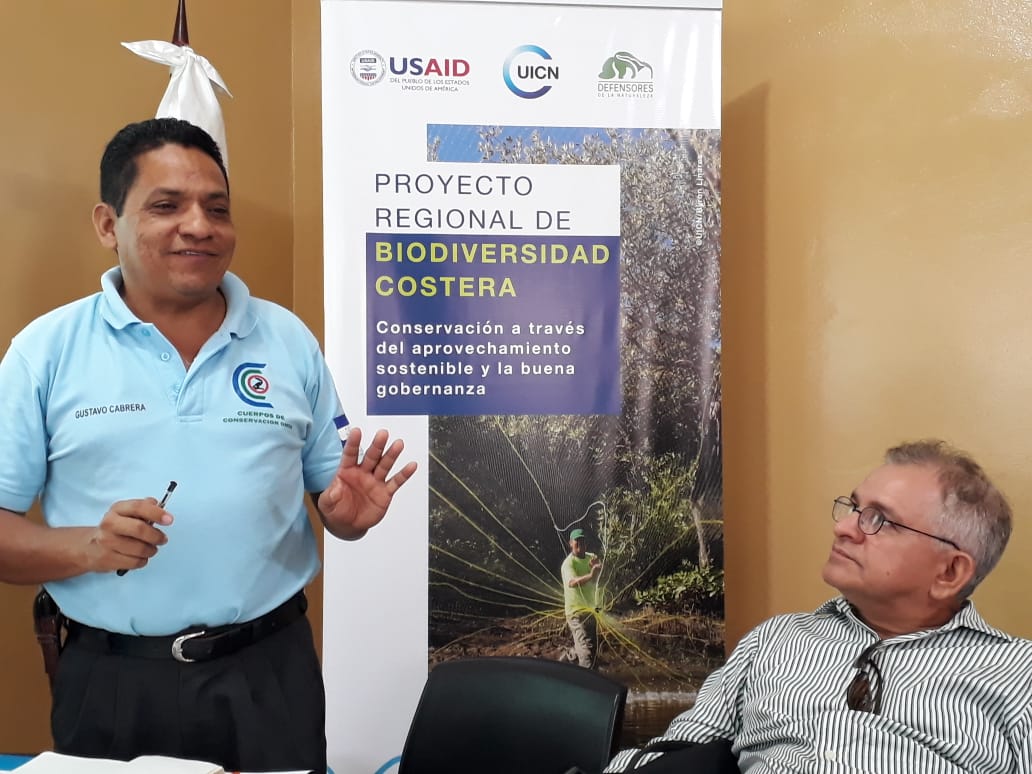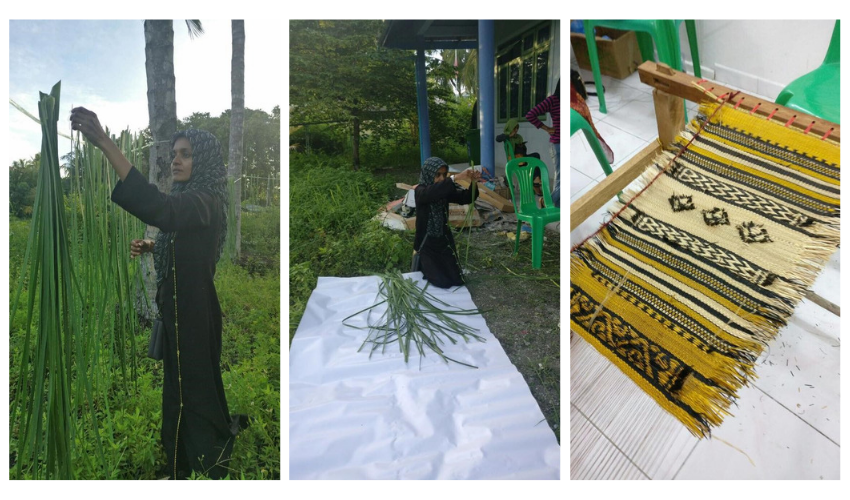Indonesia: Forest Landscape Restoration manual launched
On September 29, IUCN and World Resources Institute (WRI) Indonesia organised a technical workshop on Forest Landscape Restoration (FLR) in Jakarta, Indonesia. The event saw the launch of the Indonesian version of the Restoration Opportunities Assessment Methodology (ROAM) manual. This publication serves as a practical guide for forest landscape restoration practitioners seeking to develop restoration programmes and landscape-level strategies.
The workshop kicked off with opening remarks from WRI Indonesia’s Country Director Dr. Nirarta Samadhi, and Director of Watershed Management Planning and Evaluation at Ministry of Environment and Forestry Ir. Djati Witjaksono Hadi. Both representatives highlighted the sustainability threats that Indonesia’s forests and people face, as well as the need for an integrated landscape approach to address these problems.
“Indonesia’s forests are being lost and degraded at an alarming rate largely due to logging and the clearing of land for cultivation. In 12 years, the country has lost forest coverage equivalent to the size of 30 Balis. And now, over 50% of these degraded lands are in critical condition,” said Dr. Samadhi.
Many villages are situated within these areas, and the livelihoods and wellbeing of many communities are at risk.
"In Central Kalimantan, over 70% percent of villages depend on resources provided by forests and watersheds," added Dr. Samadhi.
Ms. Li Jia, FLR Coordinator with IUCN Asia, shared with participants the reason for developing the ROAM handbook. “IUCN and WRI felt that a practical guide on applying Forest Landscape Restoration would be of great value to practitioners. The manual was developed based on lessons learnt from FLR activities by IUCN and partners in numerous counties such as Rwanda, Ghana, Mexico and Guatemala.”
The Indonesian version of the ROAM manual was produced under the Accelerating Action on REDD+ through Forest Landscape Restoration (Accelerating Action) project, funded by Norway’s International Climate and Forest Initiative (NICFI).
To give participants a better understanding of the ROAM manual, Dr. Satrio Wicaksono from WRI Indonesia introduced the contents of the publication and played a short introductory video.
Besides the ROAM publication launch, other highlights of the workshop included presentations from WRI Indonesia and the World Agroforestry Center (ICRAF) on FLR initiatives being implemented by their respective organisations, and case studies on the use of ROAM within an Indonesian context. Activities to date have included the mapping of potential restoration sites and the use of a rapid diagnostics tool to assess the presence/absence of success factors for FLR in two pilot landscapes in Indonesia.
FLR financing and monitoring mechanisms were also in focus at the event with facilitators and participants exploring different economic analytical tools and restoration financing schemes, including the carbon sequestration benefits of forestry projects.
A funding scheme managed by the Forest Development Financing Center of the Ministry of Environment and Forestry that supports community forestry and other forestry development initiatives was also highlighted as a key potential funding source. The scheme has not yet been used to support restoration initiatives, despite the strong demand among FLR practitioners for practical and sustainable financing solutions. This highlights a disconnect between potential restoration funders and FLR practitioners.
The organisers of the workshop concluded the day by emphasising that they will continue to support restoration practitioners in Indonesia in the hope that this will help the country’s efforts to slow and ultimately halt forest degradation.
For more information on the Accelerating Action on Forest Landscape Restoration in Indonesia project, click here to download the English version of the brochure, and here to download the Indonesian version.
